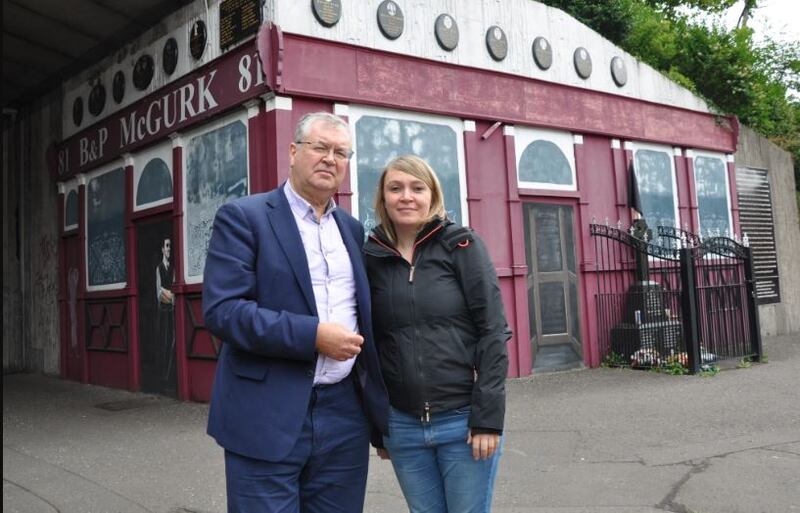Sitting together in the fading afternoon light of Mullaghmore, the two sisters Donna Macauley and Lisa McKeen remember their brother Paul Maxwell, grimly aware that not many people do. Forty years ago, his life was cut tragically short at the age of 15. “His dream was to be a fisherman, that’s what he wanted to be,” recalls Donna, who was 17 when her brother died. “And I’m pretty sure he would have been one too.”
It seems grotesque that such a death might be obscured by another, but Paul was killed as a result of the IRA’s assassination of Lord Mountbatten, in a bomb that killed another child, on Mountbatten’s boat, his 14-year-old grandson Nicholas, as well as his grandmother, aged 83. “Definitely a perished potential,” reflects Donna.
The phrase leaps out at their interviewer during Children of the Troubles (RTÉ One, Monday, 9.35pm), Joe Duffy, a coining of their grieving father. “It’s good to remember the children,” Macauley nods. “They’re all perished potential too, aren’t they?”

Focusing on one of the most troubling aspects of the Troubles, the 186 victims of the more than 3,700 people killed during sectarian conflict who were aged 16 and under, Duffy and Irish Times journalist Freya McClements lead a sombre documentary based on their recent book of the same title, a catalogue of unimaginable tragedy.
“This project is an act of reclamation, an act of recognition and primarily an act of remembrance,” says Duffy at one point. But while the programme rails against the unnatural phenomenon of young life so violently snuffed out, hoping to honour all of the dead, it inevitably becomes overwhelmed by the sheer number of fatalities.
One special effect superimposes the names of slain children on the streets of Irish cities, like GPS points on a map of pain. In a Belfast cemetery, where roughly half of the children killed during the Troubles are buried, and friends aged 4½ and 6½, huddle together in a family plot, the names cluster and overlap becoming too thick to read. How could anyone take all this horror in?
Inevitably, the victims who appear most vivid to us are those whose relatives can share pictures, personal items, stories of moving detail. Irish Times journalist Johnny Watterson remembers his hero, his 14-year–old brother Peter, shot outside a youth club, and now describes a stasis of grief, recalling a child who is forever his older brother.
McClements lifts other reports out of the newspaper archive with unbearably poignant illustrations, like the 14-year-old Annette McGavigan, who went to inspect the scene of a riot for “a rubber bullet for her collection of riot souvenirs” who was shot in her school uniform.
As a media personality, Duffy has a reflex to personalise this endeavour: The North, he recalls of his youth, “felt like another planet”. While he is clearly compassionate in his effort to shrink that distance now, he seems unable to add insight to calamity. “For me, these children are not just statistics, they are real lives cut short,” he states, as though there might be others who disagree.
But that suggests the programme may be anxious about forming its own collection of tragedies, too awful and vast in number to comprehend.
“None of the 186 children of the Troubles deserved to die,” Duffy concludes. “And none of them deserved to be forgotten either. They all left a permanent wound in their families’ lives, an irreplaceable absence.” But the programme cannot be as comprehensive as the book, and so some families must speak for all families, in words that are subdued, struggling, or graced. “It’s important to remember them, you know?” says Ray McGuigan, who survived the IRA bomb that took the life of his brother Martin and his friend Jim. “That it wasn’t all for nothing.”






















